Select employers across the country who are subject to the Affordable Care Act (ACA) employer mandate are now receiving Employer Shared Responsibility Penalty (ESRP) letters from the IRS, alleging that they failed to offer affordable health coverage to certain full-time employees during calendar year 2018. In addition to advising employers of the proposed penalty, the ESRP letters typically provide a penalty calculation summary table; the identity of the 2018 employees who triggered the penalty by their receipt of a premium tax credit or premium subsidy through Healthcare.gov or a state exchange; and IRS forms 14764 and 14765, to assist employers with their response.
More often than not, the penalties can be appealed successfully, since they are often the product of misinformation (inaccurate line 14 or 16 codes) or incomplete information submitted by employers in their 2018 Forms 1094-C or 1095-C.
How much time do I have to respond to an ESRP letter?
The letter will state that you have 30 days from the date on the letter to submit a response. There is no grace period that starts the 30-day response clock on the day you receive the ESRP letter or finally appreciate its significance. The good news is that the letter will also provide a IRS contact phone number that you can call to secure a 30-day extension. In my experience helping clients respond, the IRS has granted an extension every time one has been requested in a timely manner.
What kind of information should I review or collect before responding to an ESRP letter?
- Contact your Health Insurance Broker to see if it can assist in drafting a response. Brokers with compliance professionals on their team may be able to save you considerable time and possible expense in hiring your own attorney to draft a response.
- Determine if the employees referenced in the ESRP letter were indeed full-time employees in 2018. To that end, you will also need to know their start date and termination date (if applicable) to see if the IRS wrongly penalized your company for any months the employees were not full time or were in a waiting period for coverage. Either of those realities will eliminate any penalty for a given month.
- Obtain a copy of your 2018 Benefit Guide (hopefully, either you or your broker has a copy), which communicates to employees the lowest monthly premium available to an employee wanting to purchase individual coverage.
- Obtain copies of the W-2s for the referenced 2018 employees, to assist you in determining if their 2018 earnings from your company were sufficient enough to a constitute affordable coverage in 2018. The IRS set the 2018 affordability rate at 9.56%.
- If you engaged in the practice, recover any 2018 health insurance coverage waiver/declination forms that the referenced employees may have signed in 2018.
- Retrieve your 2018 Form 1094-C and review it to make sure the form properly indicated whether your company was offering coverage to all full-time employees every month of 2018.
- Retrieve the 1095-C forms you completed for the referenced employees for calendar 2018. Determine if you or your payroll vendor left any months blank in regards to line 14 (series A) or line 16 (series B) codes or wrongly coded any given month.
What information should I send to the IRS as part of my ESRP appeal?
At a minimum, you will have to complete Forms 14764 and 14765. Many attorneys also draft a cover letter to the IRS and send the information referenced above as exhibits in their responses.
How soon will I hear from the IRS after I submit the ESRP appeal?
It will vary. Typically, you will get a response within 60 days of your submission. However, you should not assume a worst-case scenario if several months pass before you hear from the IRS.
What are the worst things I could do after receiving an ESRP letter?
- Ignore the letter or ask for an extension after the 30-day response deadline expires. Compared to past years, the IRS is becoming less forgiving in this situation.[su_spacer] The ACA employer mandate and the 1094-c and 1095-c regulations allow an employer to request more time for a response after a missed deadline for “good cause shown,” which is largely subjective. In other words, good cause is in the eye of the IRS examiner tasked with reviewing your request.[su_spacer] Some examples of “good cause” have been turnover in the HR department; the person responsible for responding was on an extended absence from the company; or the company or HR department were undergoing an IT systems transition.
- Submit inaccurate information as part of the appeal.
About the Author

George Thompson is Senior Counsel and Vice President of Compliance at Fred C. Church Insurance. He has responsibility for addressing any health care reform regulatory or employee benefit compliance needs for all our employee benefits clients. George has 30 years of experience working in the employee benefit industry, most recently as vice president of Employee Benefit Compliance for Marsh McLennan Agency of New England.



